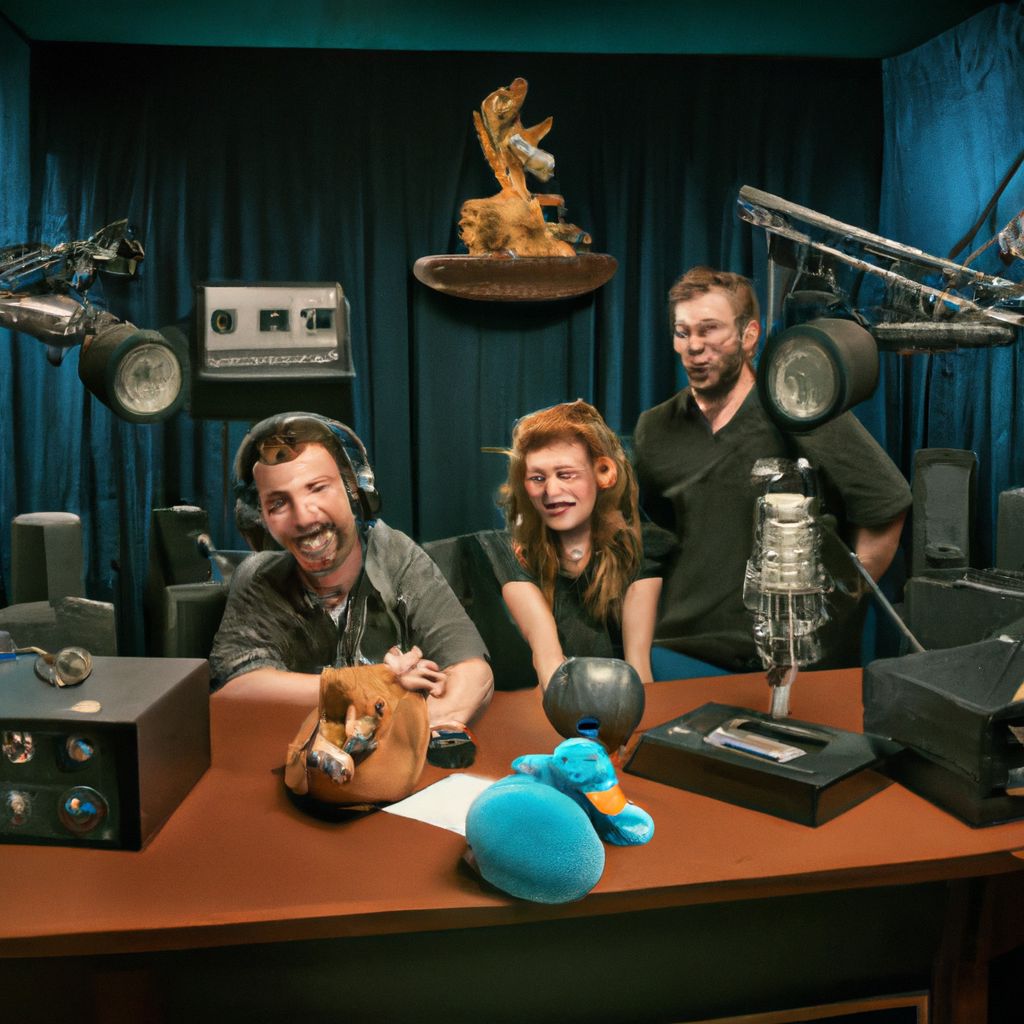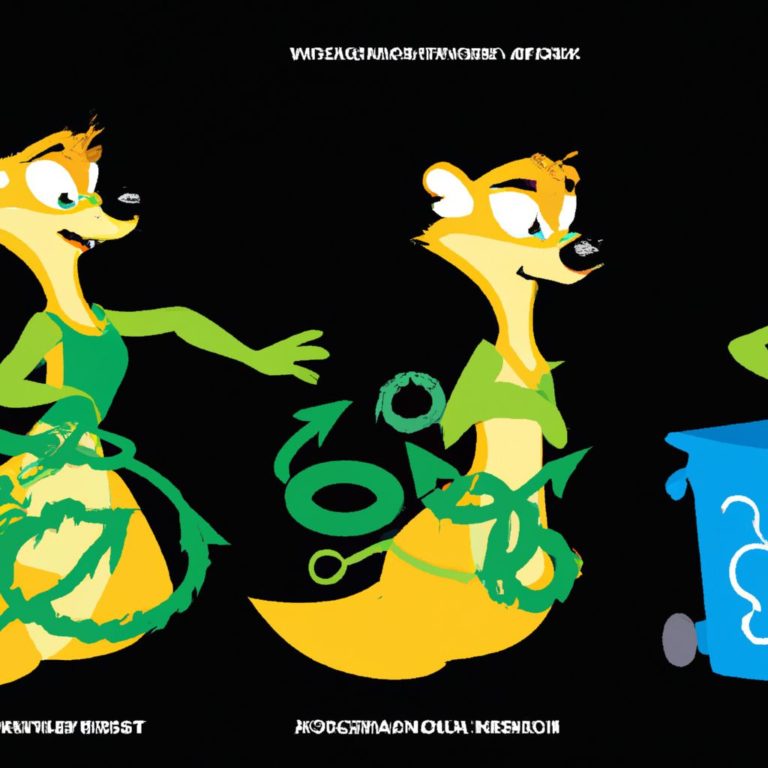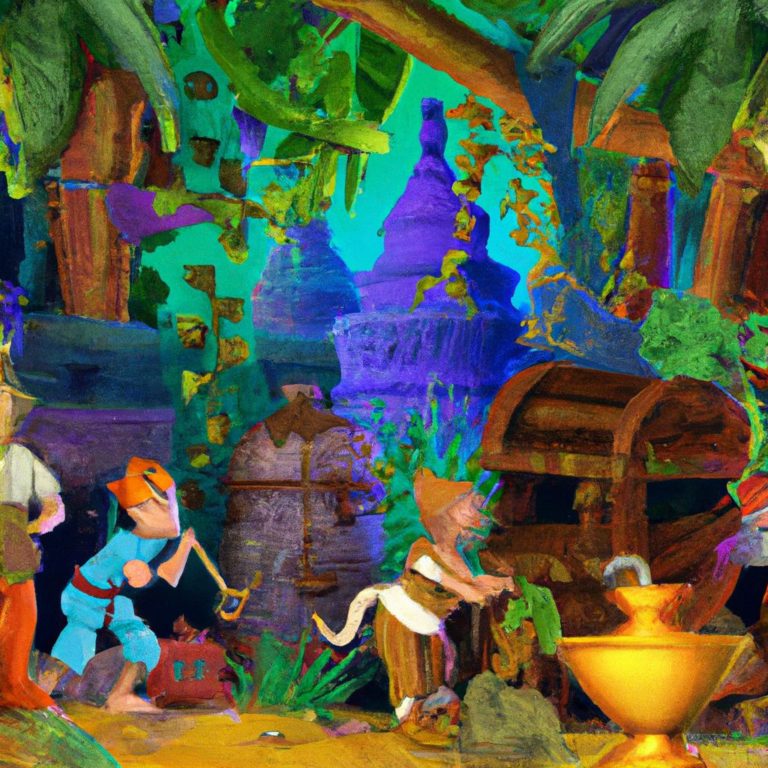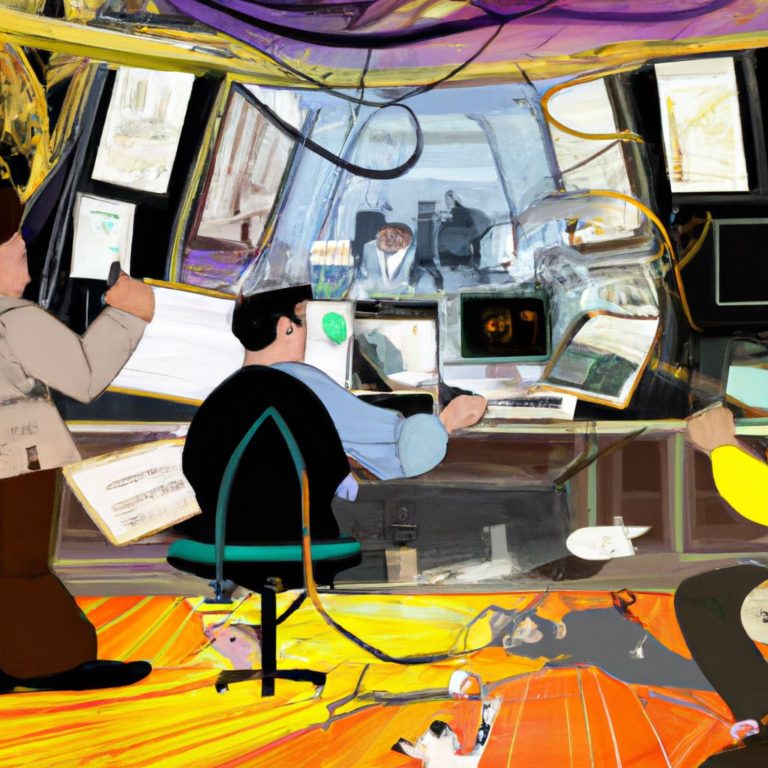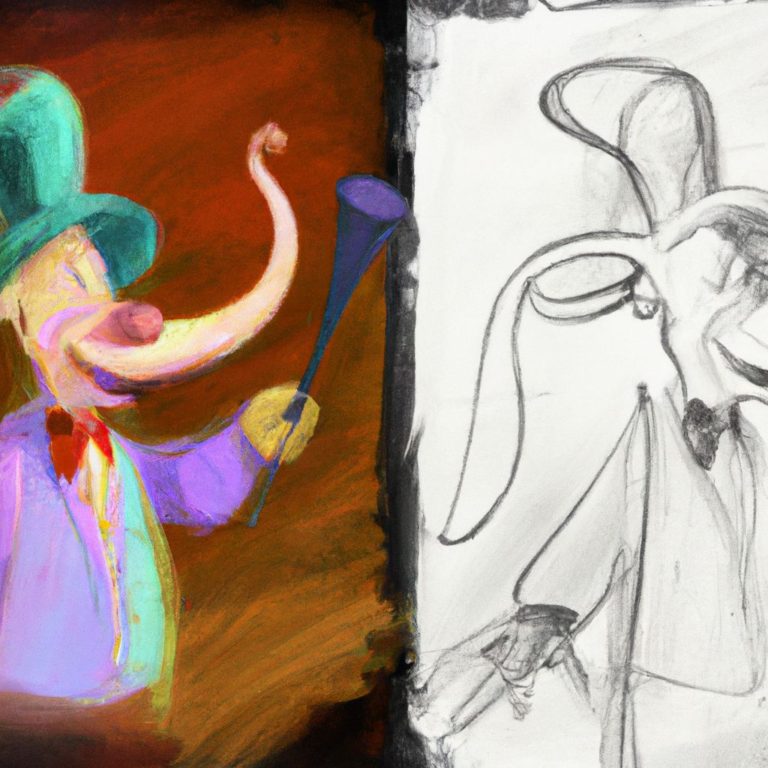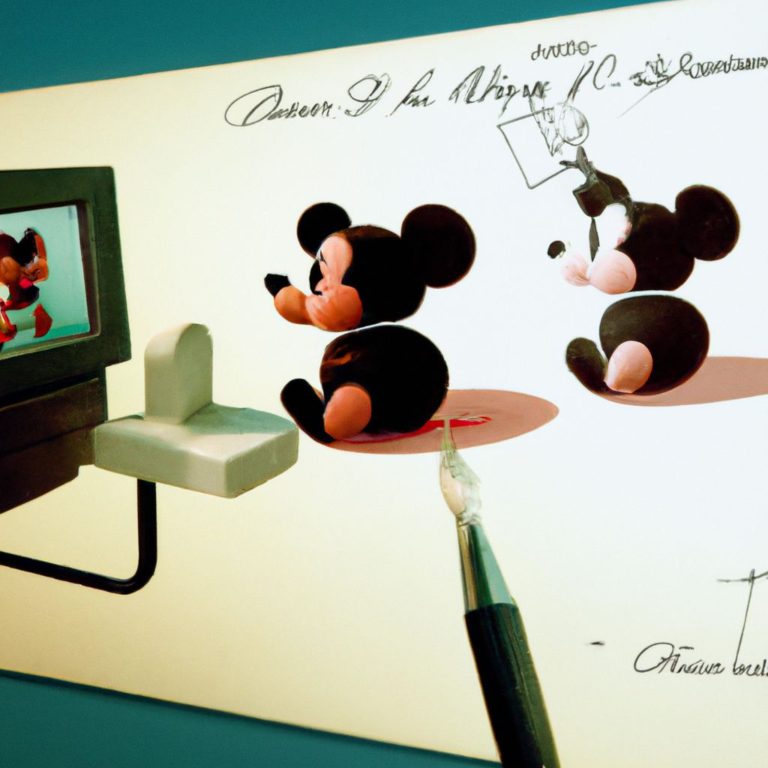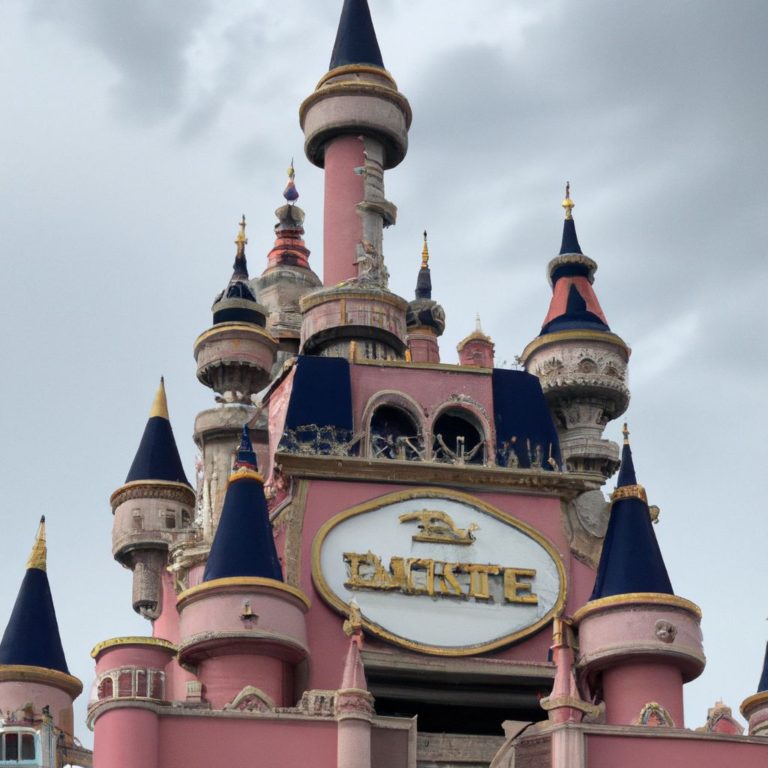How Disney Sound Effects Are Created
- 100 Disney Facts That Might Surprise You - June 24, 2023
- Secrets Of Disneyland Attractions - June 24, 2023
- Real Life Inspirations Behind Disney Movies - June 24, 2023
The Magic Behind Disney Sound Effects
Making Disney sound effects is a detailed process. It takes a team of talented artists to bring the characters and worlds to life. They use techniques like foley recording and layered audio. Foley recording involves manipulating everyday objects to create sounds. Layered audio combines multiple sounds to create a complex effect. Plus, Disney adds music to enhance emotional moments. They strive for authenticity – even travelling to Africa to record real lion roars for “The Lion King”. It’s a bizarre orchestra of objects and noises that adds a touch of enchantment to a movie.
The Art of Foley Sound
Foley sound is an art that captures realistic sound effects to enhance the visual experience. To make this happen, it involves recording and manipulating everyday objects.
Sound Effects: Artists use a range of objects to recreate sounds that match the visuals. Even the tiniest details, such as footsteps or door slams, are recorded.
Props Usage: In Foley studios, artists use many props to replicate different sounds. For example, crushing cereal creates the sound of footsteps in snow, and snapping celery imitates a bone-breaking effect.
Microphone Techniques: Specialized microphones capture minuscule details to create sound effects. Proper selection and placement of microphones are essential to make this happen accurately.
Editing Expertise: Editors layer, mix, and balance recorded sounds with precision. This ensures that the final product gives an immersive auditory experience that complements the visuals.
Pro Tip: Try experimenting with everyday items to create unique sound effects. You never know what you might discover!
Digital Sound Effects in Disney Movies
A skilled team of sound designers work hand in hand with directors and animators to make each scene unique. They use real-life recordings, synthesized sounds and Foley techniques to create audio elements that match the visuals. This ensures that all sounds blend perfectly into the story.
Disney strive for authenticity. For instance, when making Moana, they recorded real waves crashing against rocks in Polynesia to capture the environment. This adds a layer of realism and pays homage to the portrayed culture.
Disney go above and beyond to innovate in this field. For example, in Frozen they used intricate ice-cracking effects to mirror the characters’ actions on screen.
Digital sound effects are pivotal in Disney movies. They create an immersive experience and draw audiences into the story. Disney’s commitment to excellence and authenticity sets them apart, allowing them to deliver a unique auditory journey.
Innovations and Techniques in Disney Sound Effects
Disney is a master of creating captivating and innovative sound effects that bring their movies to life. From magical spells to animal roars, their techniques are extraordinary. Let’s explore some of their fascinating innovations in sound effects!
Innovations & Techniques:
| Sound Category | Method Used | Examples |
|---|---|---|
| Animal sounds | Foley artists mimic animal noises with everyday objects such as rattling chains for snake sounds. | |
| Magic | Custom-built instruments make whimsical sounds for fairy dust or casting spells. | |
| Weather | Water-filled gloves mimic rain while torn cellophane simulates thunderstorms. | |
| Musical instruments | Regular instruments like cellos and trombones play in unique ways to achieve special sounds. |
Disney’s ability to make realistic animal sounds is amazing. By using objects like rattling chains and shaking tambourines, Foley artists can imitate the growls, hisses, and chirps of creatures. This attention to detail gives their films an extra level of realism, delighting audiences worldwide.
A great example of Disney’s sound effects talent is the iconic roar of Simba in “The Lion King.” Sound designer Gary Rydstrom had a challenge creating it. After trying many techniques, he found an amazing solution. By mixing recordings of a tiger, a baby elephant, and even his own dog’s bark, Rydstrom created a roar that will stay with us forever!

